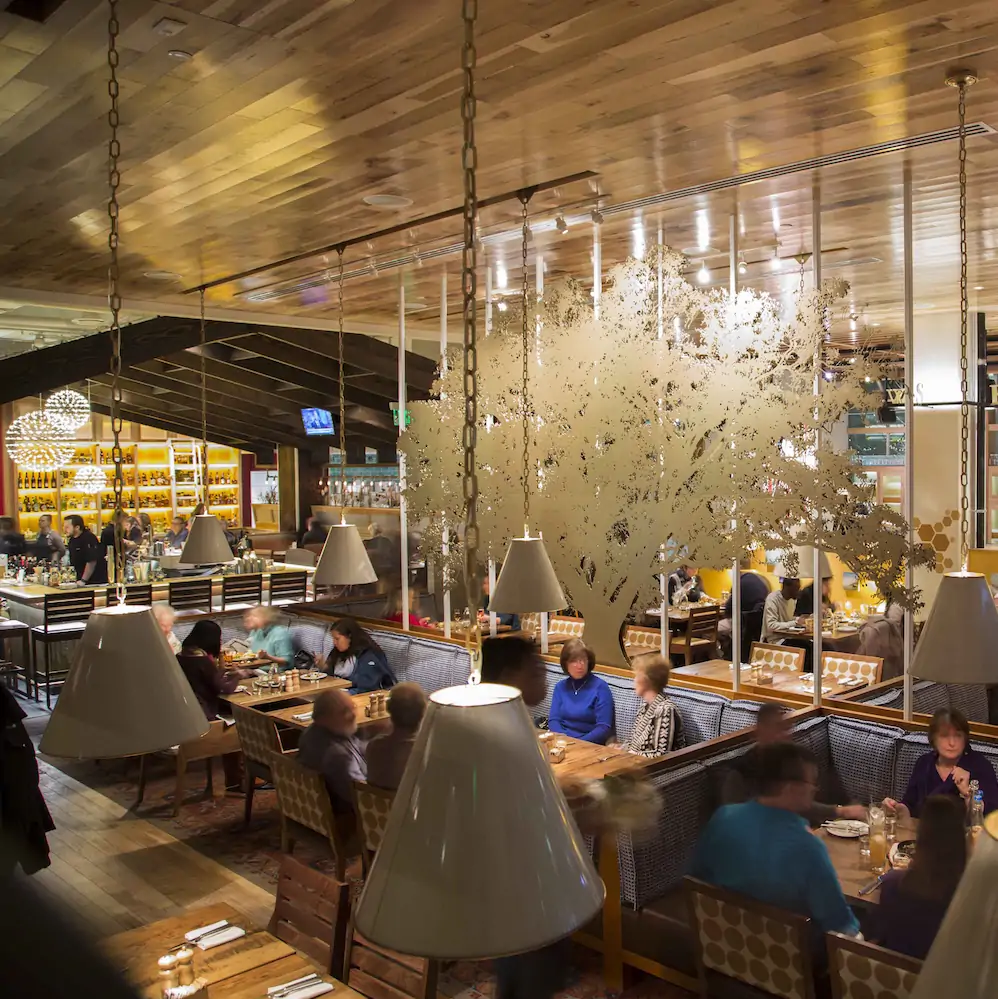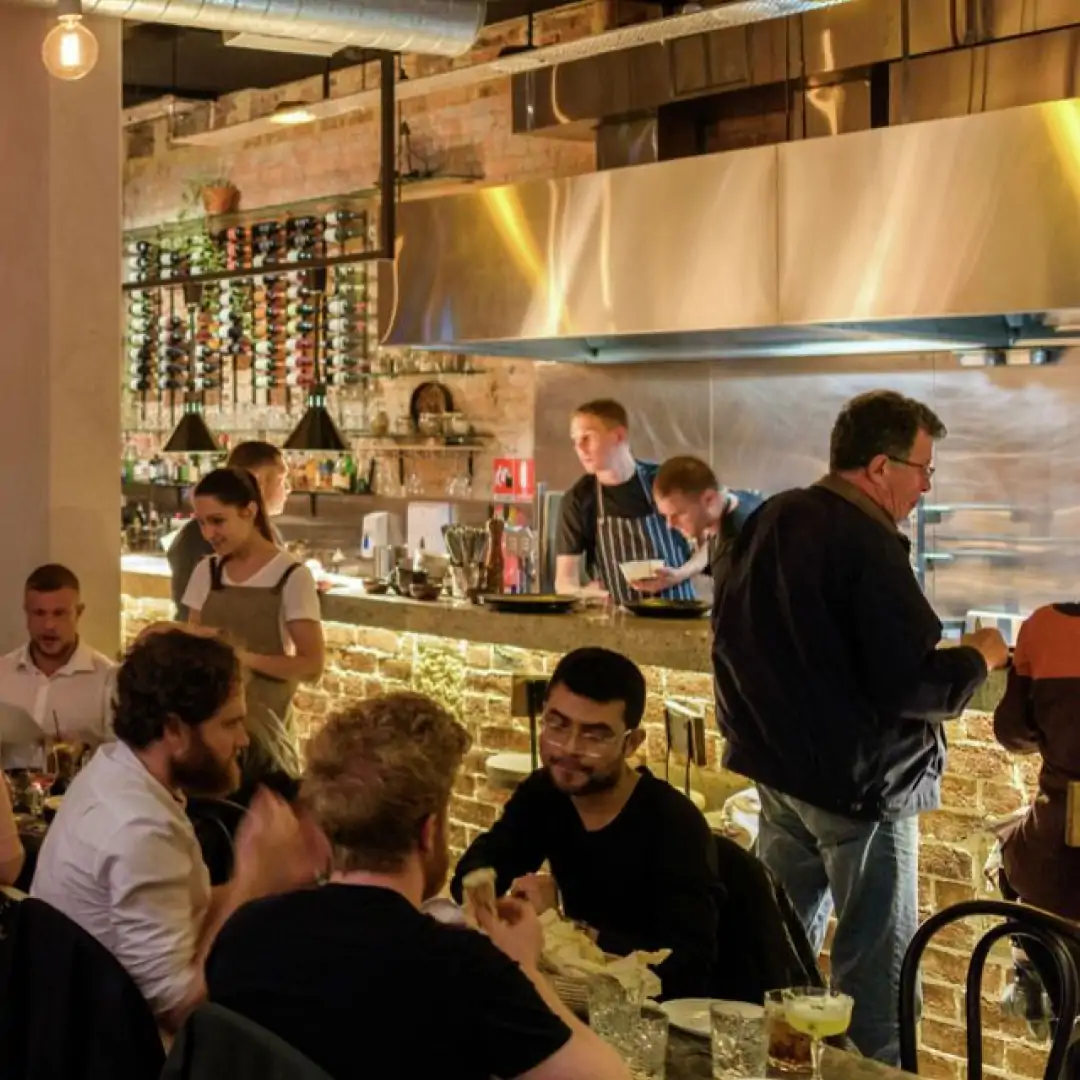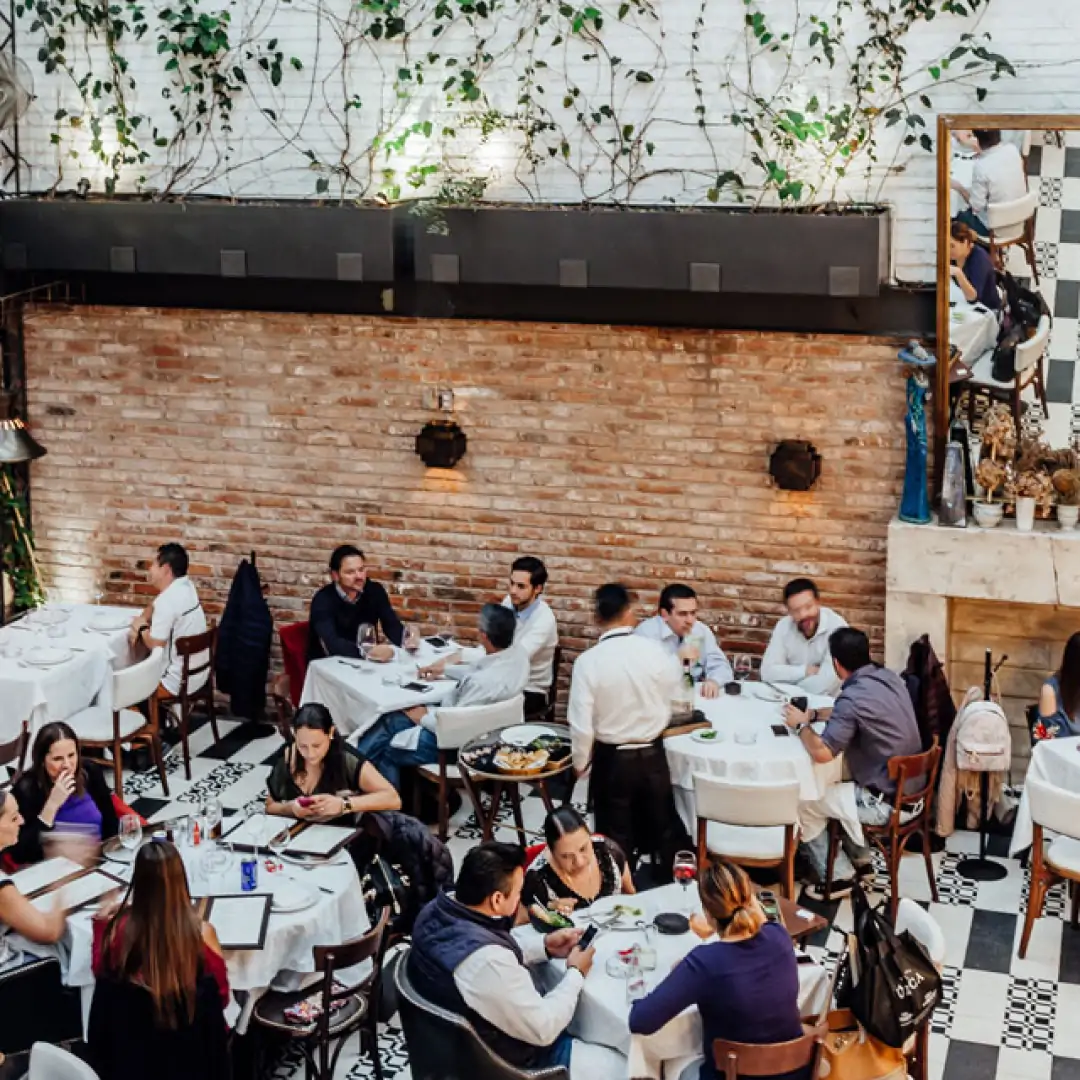No matter how much business is booming, the thought of growth, change, or expansion can be overwhelming. There are numerous ways to evolve your business beyond opening a second location. And whatever dreams you have for the future will need to be executed while you’re running a successful restaurant. Don’t let the overwhelm stop you from thinking big. Many other restaurateurs have been down this road before you, and their experience can help guide you.
Here’s advice from three seasoned restaurateurs who have scaled and grown their businesses. Their stories can help you think through your current situation and confidently make decisions about where to go from here.
Is it time to open another location?
Your restaurant is successful. Your vision is solid. Your marketing strategy is working, and your business is becoming more popular. What’s next? The obvious step is opening another location. It could be a replica of the original or an entirely new concept. But the ability to sustain that kind of growth hinges on many factors.
For Dan Simons, co-owner of Founding Farmers restaurants, an always-full reservation book signaled it was time to expand. “We had more demand than we had seats. There was a line out the door,” he says. But before a growth spurt, there are other factors to consider. Simons took a hard look at the team he had in place, including ensuring he had a sufficient number of talented managers, before deciding the time was right for expansion.
Here are some other issues to consider before deciding to grow:
- Do you have the resources? Not just money—do you have the right people? The right roles? In some cases, restaurateurs are driven to open new concepts because they want to develop talent who deserves to move up. This is an excellent situation to find yourself in.
- Do you have the time? There aren’t enough hours in the day to replicate everything you did with your first opening without the ability to do some of those things yourself. A trustworthy team is critical.
- Do you have the right systems in place in the original location to sustain a second? A second restaurant doesn’t operate in a vacuum; the original location will feel effects even if the second concept is completely different.
- Do you understand why you were successful in the first place? Is it your pricing? Is it your food quality? If you’re not replicating what made your first restaurant work, you won’t be connected with the same segment of diners when you open a second.
You’ll also want to ask yourself:
- Will this be a second location or a brand new concept?
- What flagship elements do I need to keep and translate to the new location?
- What do I need to change? This could be a lot or a little, depending on your location. What hours can your new market support? What menu items won’t work? What resonates? You can’t expect the exact same things to work in a new location—something as simple as work schedules in the neighborhood will affect business.
- Who will run the restaurant? Do you want to take staff from an existing location? What does that mean for the existing location’s continued success?
- What intentional changes will you make? What can you build upon?
When Simons did open the second Founding Farmers location after assessing his business, he intentionally targeted the D.C. suburbs. He felt it would serve a different market than the existing, successful downtown location.
“I felt like a lot of guests out there would know us from downtown, and now we’re just putting one closer to where they are. We made sure to evolve the design, and the food and beverage menus, we wanted to give our guests an evolution of the brand, not a replication,” he explains.
Not only did he extend his reach, but he also gave the same customers more opportunities to engage with the Founding Farmers brand. Since then, he’s used this same decision-making process to open three additional locations.
Is it time to change the concept?
When he was in his early 30s, restaurateur Joe Hargrave opened a Spanish restaurant called Laiola in San Francisco. Before opening the doors, he studied wine, traveled through Europe, and invested a million dollars into the venture. Though Laiola received critical acclaim, it was never profitable.
Hargrave had always cooked Mexican food at home, and his passion for these recipes and flavors gave him an idea to help his flagging business. He decided to start a taco pop-up every Tuesday out of Laiola. He called it Tacolicious. It was an instant success; his Tuesday nights were suddenly busier than his Friday nights. This experiment gave him very important information about what to do next.
“When restaurants open and they don’t work, they try to stay in business,” says Hargrave. He decided to take a different approach.
“I was talking to one of my investor friends who’s not in the restaurant business, and he said, ‘Change the concept. The hardest part is the restaurant itself, the four walls—what happens inside is easy.’” It was advice he took to heart. Hargrave transformed Laiola into a permanent brick-and-mortar Tacolicious.
In the last year of Laiola, he did $980,000 in sales and amassed another $400,000 in debt (in addition to the initial investment). Every day he was on the brink of shutting down, he recalls. In his first year as Tacolicious, he did almost three million in sales, paid off all of his debt, and started returning capital back to his investors. The next year, he paid them off.
“You have to be ready to be flexible, to drop things and redo them,” says Hargrave. Change can often be a synonym for growth.
Should you change the chef?
Kevin Boehm, the restaurateur behind Chicago’s Boka Group, understands sometimes changing leadership in the kitchen can be a way to grow business without opening a new location or totally reinventing your concept.
In fact, Boka Restaurant has had three chefs over the years. “When we opened, we got busy, then slowed. We got our second chef, he won Food and Wine’s Best New Chef in 2008 and we got busy again. In 2013, business started to wane a bit and we brought Lee Wolen, our current chef,” says Boehm. And each time the chef changed, he explains, it charged the restaurant up with the energy of a brand new opening.
New chefs tend to have a positive ripple effect. With each of Boka’s chef changes came menu changes and space changes, too. “It was a relaunch,” says Boehm. Even though Boka has always been successful, he says, knowing when it’s time for a change keeps the restaurant fresh and operating at its peak level.
Deciding to make a major change in your restaurant can be tricky. But reflecting on these questions and the stories of people who have been through it can help you understand your own business on a deeper level. With careful consideration, you’ll know when the time is right for your restaurant to grow.



